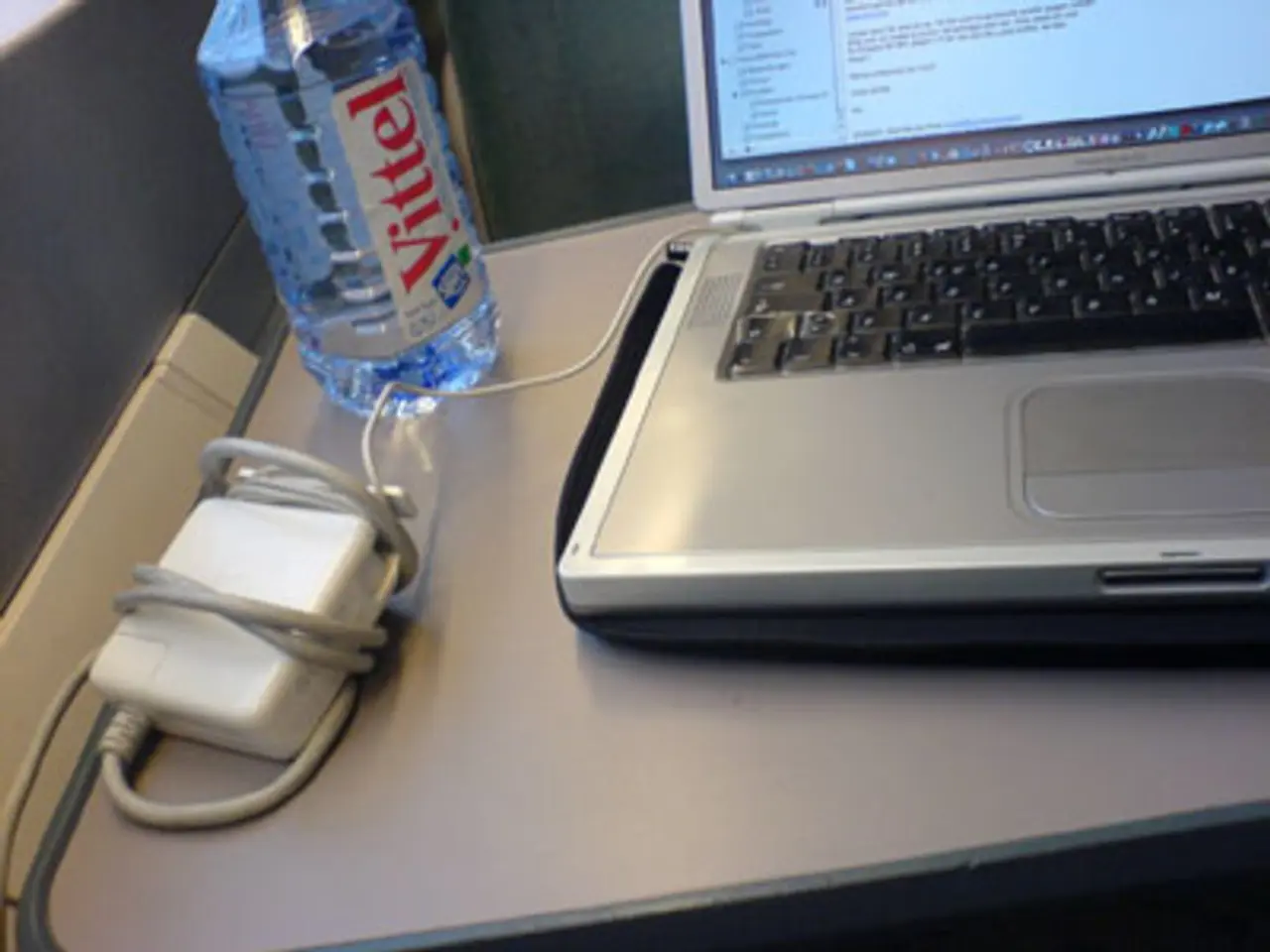Protecting Gadgets and Crop Drying: MegaFon Expert Reveals Rainy Season Device Preservation Techniques
In the digital age, electronic devices have become an integral part of our daily lives. However, these devices are vulnerable to water damage, which can lead to costly repairs or replacements. Here's a guide on how to protect your devices and what to do if they get wet.
To prevent water damage, the best methods include:
- Using waterproof cases or covers specifically designed for your device. These create a sealed barrier against moisture, ensuring your device stays dry even in wet conditions.
- Keeping devices away from water-prone areas. Installing smart leak detectors or automatic shut-off valves in environments susceptible to flooding or spills can provide an extra layer of protection.
- Employing ground fault circuit interrupters (GFCIs) on outlets near water sources. GFCIs help reduce electrical hazards, protecting your devices from potential shocks.
- Ensuring good ventilation and placing electronics on elevated or dry surfaces. This helps avoid accidental exposure to water.
If a device gets wet, follow these steps:
- Immediately power it off to prevent short circuits.
- Remove any cases or covers and take out removable components like batteries, SIM cards, or memory cards if possible.
- Dry the device externally using a soft, lint-free cloth.
- For ports, gently tap the device with the charging port facing downward to help drain excess water.
- Place the device in a dry area with good air circulation or near a fan to speed evaporation. Avoid using heat sources like hairdryers to prevent further damage.
- Wait at least several hours (Apple suggests at least five hours) before attempting to power on again.
It's important to note that popular methods like putting devices in rice should be avoided, as rice particles can cause damage.
You should seek professional help if:
- The device was submerged in water for a significant amount of time.
- You notice persistent malfunction, smells (like burning or moldy odors), unusual sounds, or physical corrosion.
- Water reached internal electronic components or outlets.
- After following initial drying steps, the device does not power on or behaves abnormally.
Professionals have tools and expertise to open, dry, and repair or replace damaged parts effectively and safely.
In summary, prevention through waterproof accessories, elevated placement, and smart sensors is key. In the event of water exposure, prompt power off, careful drying without rice, and seeking expert assistance when needed provide the best chances to save your electronics.
Remember, the IP67 and IP68 ratings ensure protection against splashes and brief immersion, while special cases made from waterproof materials can protect electronics from water during extreme conditions. Keep your devices safe and dry, and enjoy the benefits of technology without the worry of water damage.
- To safeguard your gadgets from water damage, utilize waterproof cases, keep devices away from water-prone areas, install leak detectors or automatic shut-off valves, use GFCIs, and ensure good ventilation for electronics.
- In case of water damage to smartphones or other devices, promptly switch them off, dry them externally, avoid heat sources during drying, and seek professional help when the device was submerged, malfunctions persist, internal components or outlets are compromised, or the device does not power on after initial drying.




